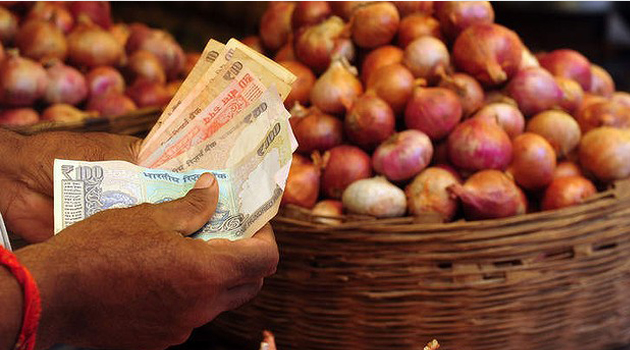NAIROBI, September 11 – The Sondu Miriu hydro-power plant, which started operations in January 2008, has already contributed 235 gigawatt hours of power to the national grid, according to KenGen.
This revelation was made on Thursday by the KenGen Managing Director Eddy Njoroge, who said that the 60 Megawatt (MW) plant was currently producing adequate power, which had helped stabilise the voltage in Western Kenya.
“The plant is currently generating about 1.4 gigawatt hours every evening,” he disclosed.
The official inauguration of the project that had been set for mid-July was delayed, owing to reduced water levels at a river that supplies the plant.
The low levels of water are not enough to run its double turbines.
Njoroge said the success of Sondu Miriu has prompted them to sign the construction contract of the Sang’oro hydro-power plant with Sinohydro of China, which is expected to commence work in November.
“The Chinese company trounced an Italian firm to win the technical bid to carry out the project,” he said.
The new plant will be located five kilometres downstream at the end of the outlet channel of the Sondu power station, and would utilise the full discharge of 39.9 cubic metres per second of water from the station.
“It will be connected to Sondu Miriu through a five-kilometre transmission line and this will mean that all the power, which will be coming from Sang’oro will go through to Sondu and to the grid,” stressed the MD.
The project was conceived in 1992 when the company was conducting studies for the Sondu Miriu plant, and was initially known as Sondu Miriu Additional Hydro power project. Once completed it will add 21 megawatts of electricity to the national grid.
“It will minimise the impact of weather on the power generation mix and also mitigate the risk of having the bulk of the country’s hydro generation on one river cascade,” he noted.
Njoroge said that they had secured a Sh3.65 billion loan from the Japan Bank for International Cooperation and KenGen would provide a further Sh900 million to fund the project.
The Official Development Assistance has a grace period of 10 years and a repayment of 30 years at an interest rate of 0.75 percent.
He cited the Tana and Kiambere projects as some of the programmes that they were undertaking to generate small quantities of power, which would be adequate to bridge the growing demand for electricity.
“We have also advertised for a consultant for a 120 MW thermal plant because we feel that there is a gap between demand and supply,” Njoroge said.
Currently the peak demand stands at 1050 MW while the installed capacity is at 1,100MW, inclusive of 150MW emergency power.
“That is why we are putting up the thermal plant so that we can hopefully be able to terminate the emergency power by 2010,” he added.
At the same time, Njoroge expressed confidence that consumers would in the next few months pay less for power consumed.
This however was dependent on whether the trend seen lately in the international market where oil prices have continued to dip, would persist.
“There is always a time lag, which is maybe a month or two months. Whatever we will be buying (this month), we will be using it in about a month’s time and this will be reflected in the bills for the subsequent month. This will definitely come down,” he expressed.


































